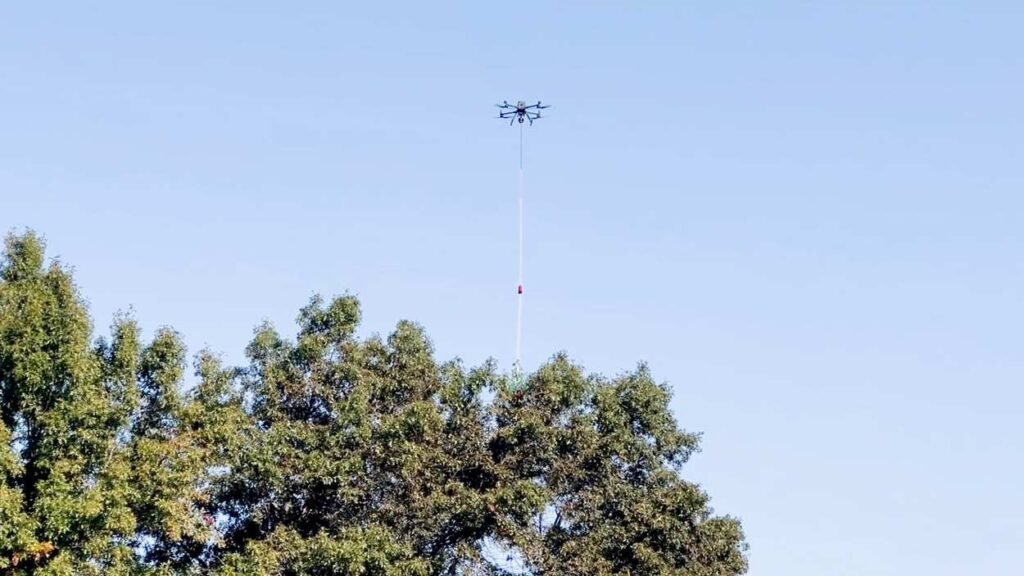Local teams from the international XPRIZE Rainforest Competition recently held a technology demonstration at the Morton Arboretum to showcase their tools and techniques.
The “Welcome to the Jungle” team is comprised of experts in robotics, conservation, tree science, and genomics from the Illinois Institute of Technology, Morton Arboretum, Purdue University, and Natural State University.
What is the XPRIZE Rainforest Contest?
“This is a five-year, $10 million award to assess rainforest biodiversity,” said Matthew Spenko, a professor of mechanical and aerospace engineering at the Illinois Institute of Technology.
Launched in 2019, the XPRIZE Rainforest Competition challenges interdisciplinary experts to develop technologies to rapidly and comprehensively monitor rainforest biodiversity. Starting with 300 teams from 70 countries, the competition was narrowed down to 15 teams to compete in the semi-finals in Singapore in June 2023.
In July of this year, Welcome to the Jungle and five other teams competed in the finals in the Amazon rainforest.
“Essentially, we take 24 hours to acquire data from a square kilometer of remote rainforest, as autonomously as possible from a remote location. Then we have 48 hours to evaluate that data.” Spenko said.
Technology demo at Morton Arboretum
Last Friday, the team took their technology to the Morton Arboretum to demonstrate how it’s done.
“The 24-hour data collection period is actually meant to collect bioacoustics: audio data, camera trap data, and environmental DNA (eDNA) data. We do that by delivering it to the top of the tree canopy,” Spenko said.
“Each of these sensor packages have sensors on them, or you can lower some of the sensors to different layers within the canopy, maybe take them down in the first four hours of the competition, and then leave them overnight. We’ll come back the next morning and put the sensor package back together,” Spenko said.
Once the data was collected, the team spent the next 48 hours analyzing the eDNA.
“Using the drone’s air filter, we extracted the DNA and amplified it to create more copies of the DNA using a process known as PCR or polymerase chain reaction. We then used the data to From there, we get a picture like this: So this is the species that we discovered,” said Morton Arboretum Senior Conservation Officer Chaixian Kua.
A way to better understand the world’s rainforest ecosystems
The team hopes to know the results of the competition by next month. Winning the award is both motivating and driven by the goal of improving global understanding of rainforest ecosystems.
“I think this is a big part of competition, and our design philosophy is not just building this for competition, but how do we build it for the people who are going to use it later? So the big idea is to make it low cost, accessible, and easy for non-scientists to use so that local communities can use this technology to assess their environment. ,” Spenko said.
If you have a story idea, we’d love to hear from you.

